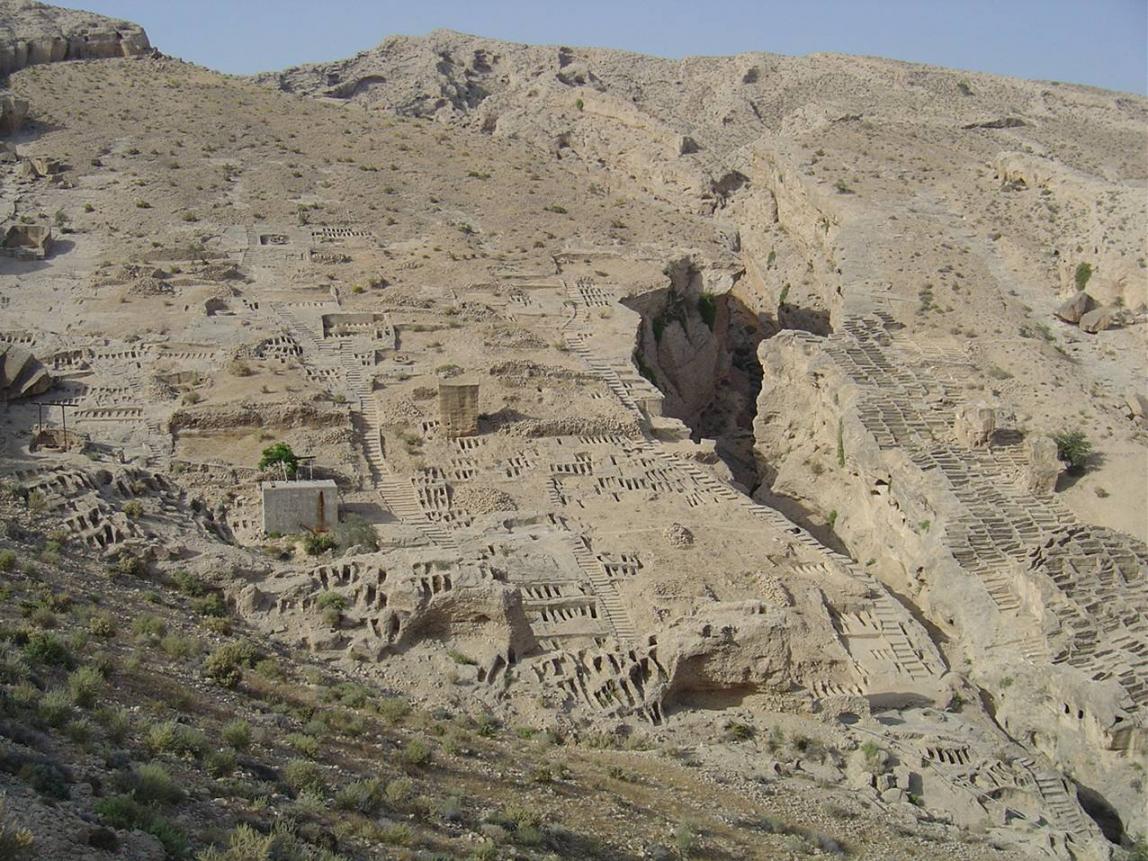Chinese archaeologists will present their findings about the historical port of Siraf in Bushehr Province, Mehr News reported.
Chinese archaeologists have been conducting underwater explorations in the waters near Siraf port. They are invited to present their findings at the International Conference on the Persian Gulf. Siraf will host the conference in May.
Iran and China share a rich history of maritime trade, and Siraf used to be one of the major trade centers for Iranian and Chinese merchants, head of Iranian Institute of Archaeology Hamid Chubak said.
Chubak hopes the dark depths of the Siraf waters will reveal a wealth of information about the port and the surrounding region’s historical past. A new team was recently convened to continue the underwater surveys and pursue the present studies.
Located 220 km southeast of Bushehr and 380 km west of Bandar Abbas, the port of Siraf is known for its many historical sites dating back to the Sassanid, Parthian and Islamic eras.
For almost four centuries, Siraf was one of the greatest seaports of the Persian Gulf and rest of the world. From Siraf, ships set off for Japan, China, Sumatra, Malaysia, India, and the Pillars of Hercules at the Strait of Gibraltar.
As Guy Le Strange wrote in his book ‘The Lands of the Eastern Caliphate’, Siraf’s shipmasters and sailors were always at sea, and were so fond of sea-faring that some of them spent their whole lives on the water. There were merchants who didn’t get off the ship for forty years.
Siraf is said to have been on par with Venice, but in 987 AD, a devastating earthquake and ensuing tsunamis destroyed the seaport and left nothing glorious. More than two thirds of the city submerged, and few chose to stay, for love of their homeland. Another earthquake struck the following year, but people rebuilt Siraf. The decline of the seaport was further attributed to a rebellion of slaves, and misrule of the Deylami dynasty.
While Siraf was a business center, it was also brimming with culture. The most distinctive cultural figure of Siraf is Sibvieh. He was the first person to devise Arabic grammar and identify phonetics of the language. His grave is one of Siraf’s most famous mausoleums.
Siraf is rich in unique historical attractions, including deep stone wells running down to 130 meters, part of a water supply system, a group of rectangle graves carved out of stone foothills at the edge of the city, cemeteries and sarcophagi from Islamic era, cellars, fire towers which once served as beacons, mosques, and Sheik Nasuri castle.
Since more than two thirds of the seaport sank in the waters, the recent Chinese underwater exploration is expected to bear great tidings.


